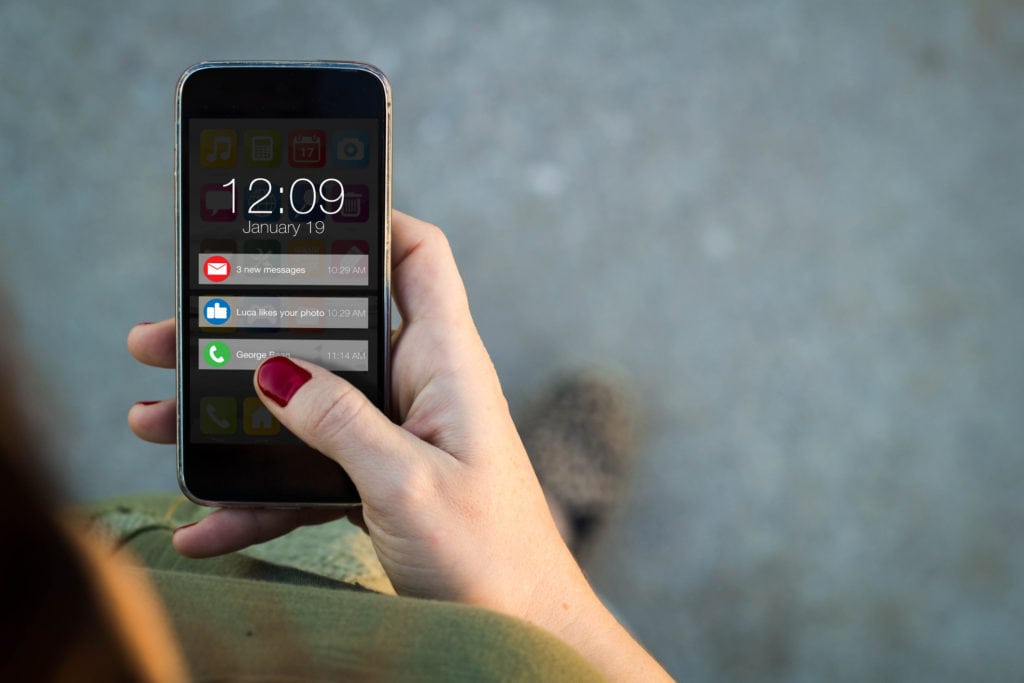
There is a new expectation of news. Consumers expect news to find them, wherever they are. And that news needs to beep, light up, or dance to get their attention.
Enter the newest publishing platform: the lock screen.
Wall Street Journal executive mobile editor David Ho oversees push notifications. He’s keenly aware that many consumers find push notifications annoying. According to a 2015 Localytics/Research Now study, 52 percent of consumers called them a distraction, compared to only 26 percent that were grateful for them.
1. Don’t be too pushy
“There’s no hard number for how many notifications you send in a period of time. You just need to be sure you don’t bother people with irrelevant alerts. Maintaining that standard alone helps control the number. If you need to measure alerts against a period of time, rather than how many you send in a week, you should stay aware of how many you send per day. If you send too many and get people annoyed, they may turn off your alerts and it’s unlikely they’ll come back.”
2. Tailor alerts to individual preferences
The most commonly requested type of push notification is a personal one.
“If you have different push channels based on topics that people can sign up for, then you can send more frequent, granular updates to those channels,” Ho says. “Also, if you have a “story follow” capability, then again people can ask for more targeted updates via notification. The newest twist is iOS 10, which allows for updating notifications that overwrite older alerts.”
For an evolving story, like an attack or election, Ho says multiple pushes are okay, so long as the story has advanced in some way.
3. When sharing “breaking news,” “news” is still more critical than “breaking”
While the trend is to use push notifications for breaking, evolving news, Ho says they can be for features and analysis and to consider them building blocks. Many readers were shocked when news outlets decided to send push notifications for the divorce of Angelina Jolie and Brad Pitt.
4. Don’t sit on an alert, but make sure it’s accurate
The lock screen requires the same consideration and news judgements as any other platform. The standards of accuracy become even more paramount when dealing with push notifications. The pressure is on when breaking news, and Ho suggests several people vetting the notifications, urging news to be delivered at maximum speed and accuracy.
“Push is a powerful tool,” he says. “Readers do respond to them. If you use real-time data, you can watch the surge in activity caused by every news alert. Many people will tap through an alert to a story. Even more will just read the alert on the lock screen. That’s why the style and crafting of an alert is just as important as writing any other part of a story.”
As this format migrates to the desktop (You may have seen requests to receive push notifications by some publications in your web browser), alerts should follow the same rules as for mobile: be relevant, personal, and truly worthy of the distraction.
